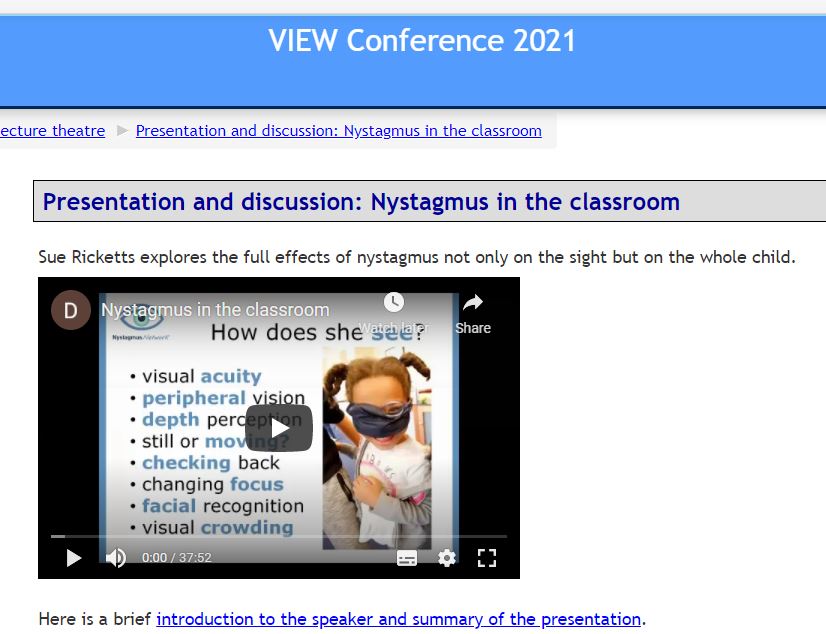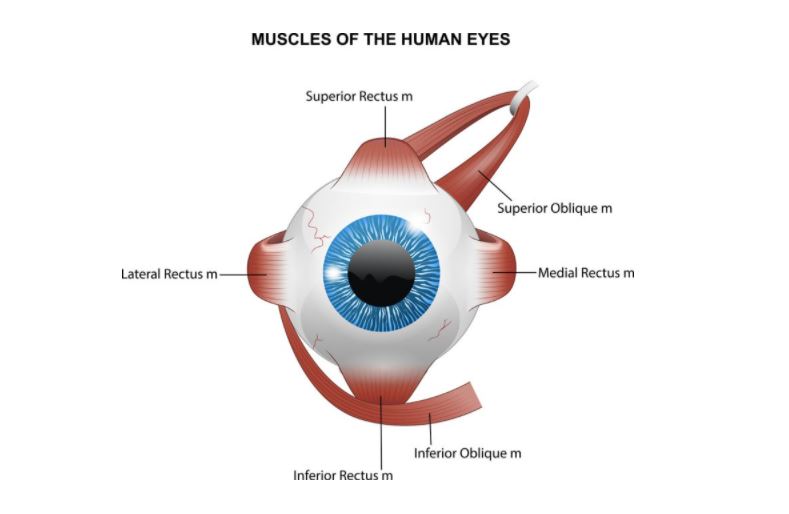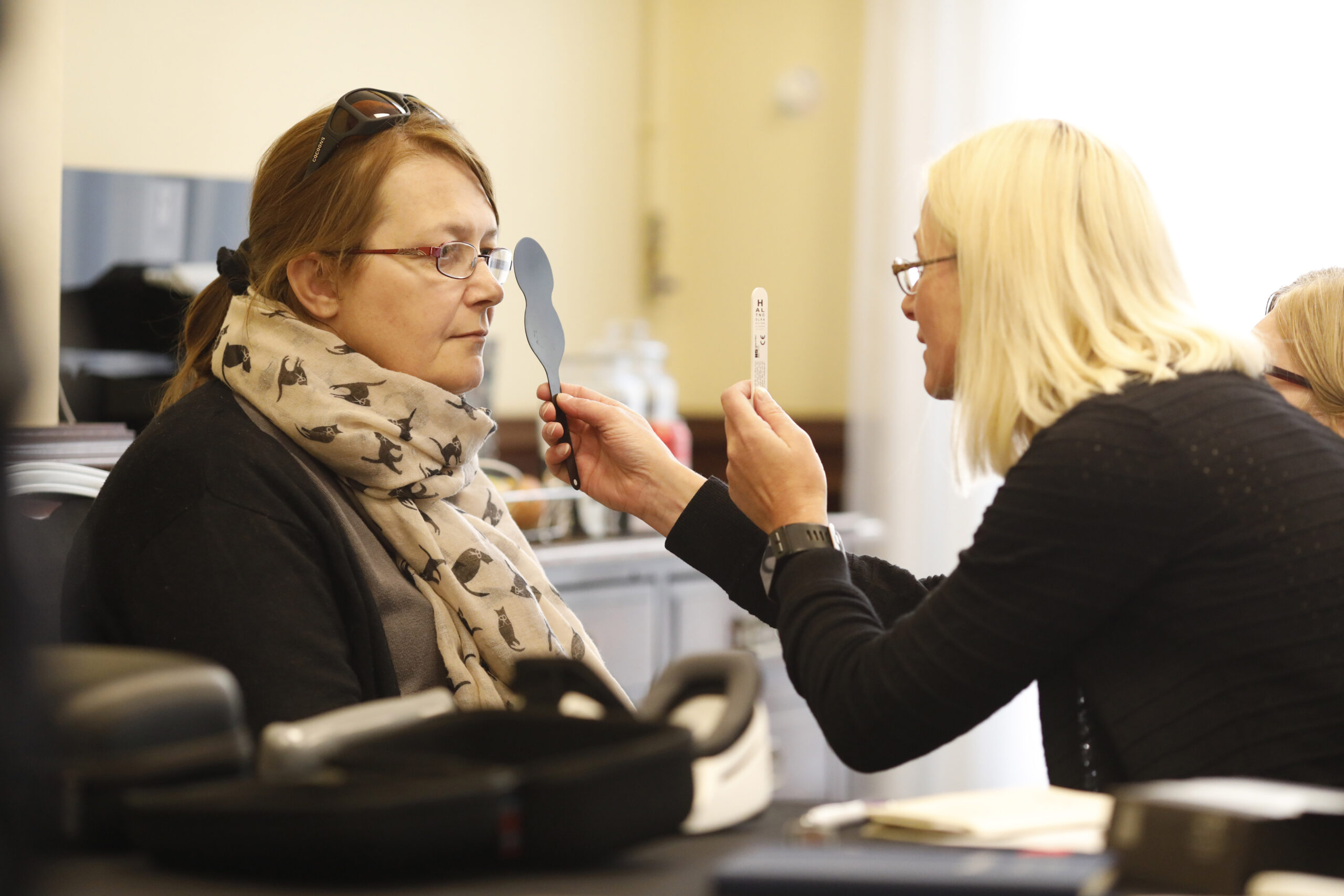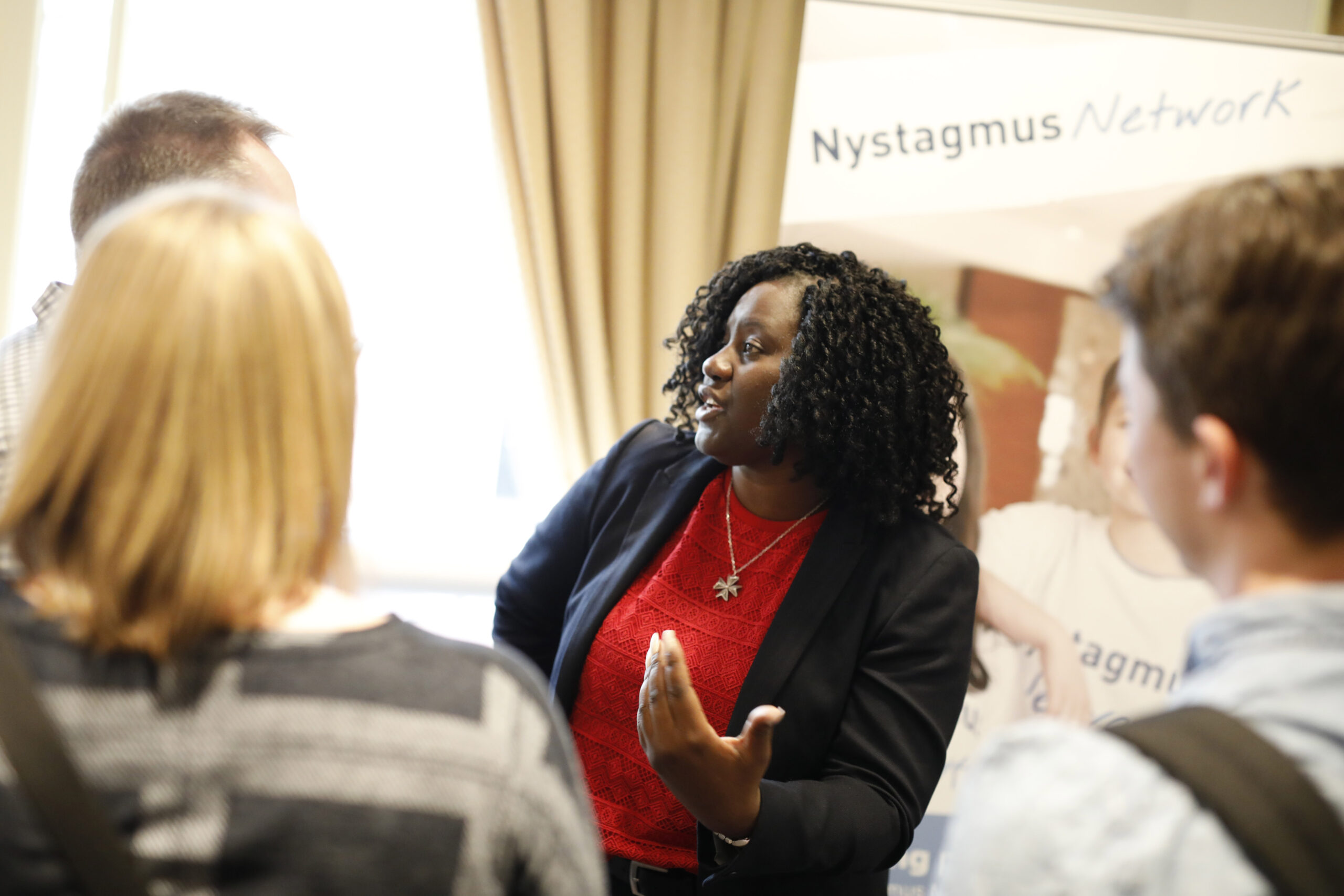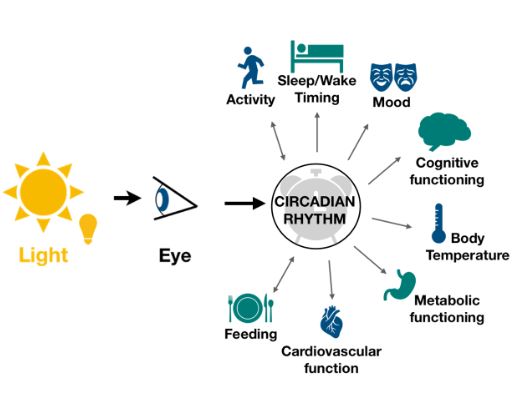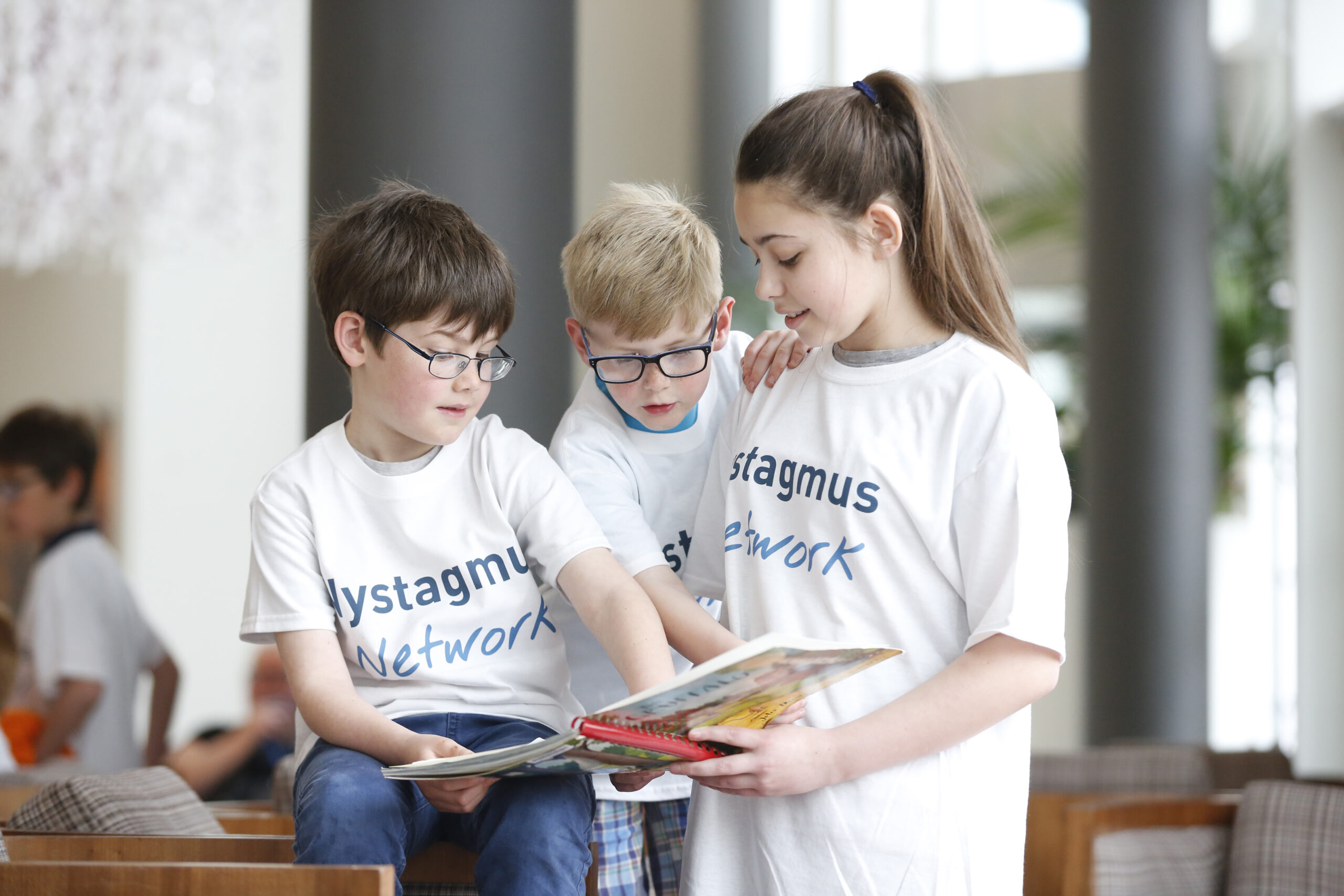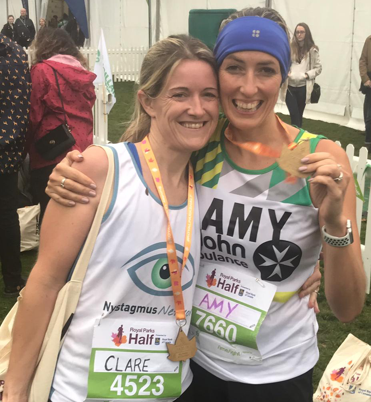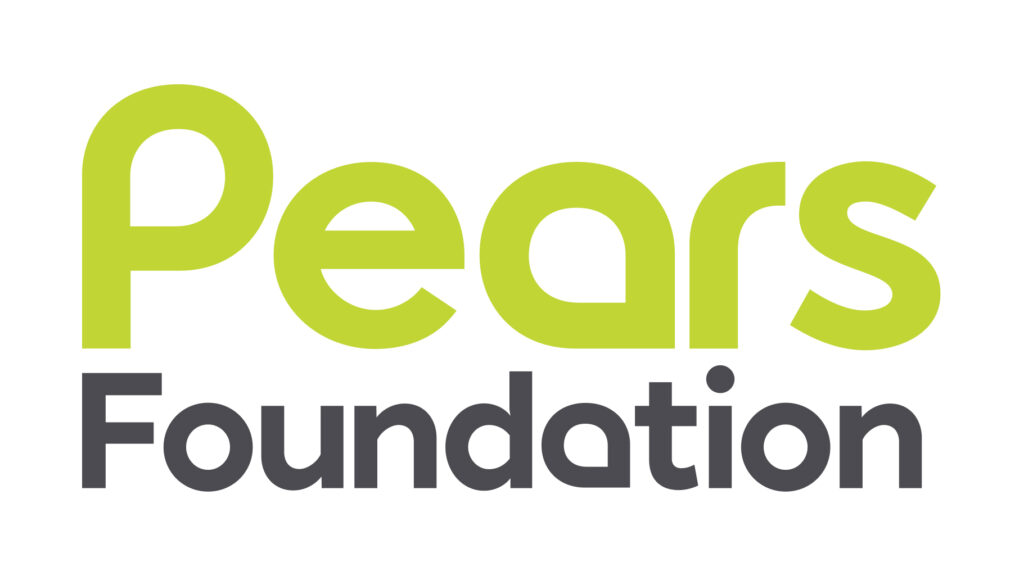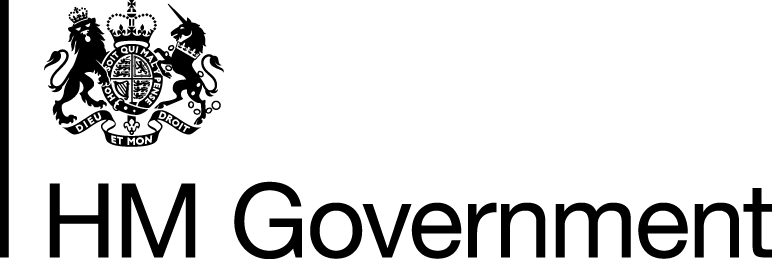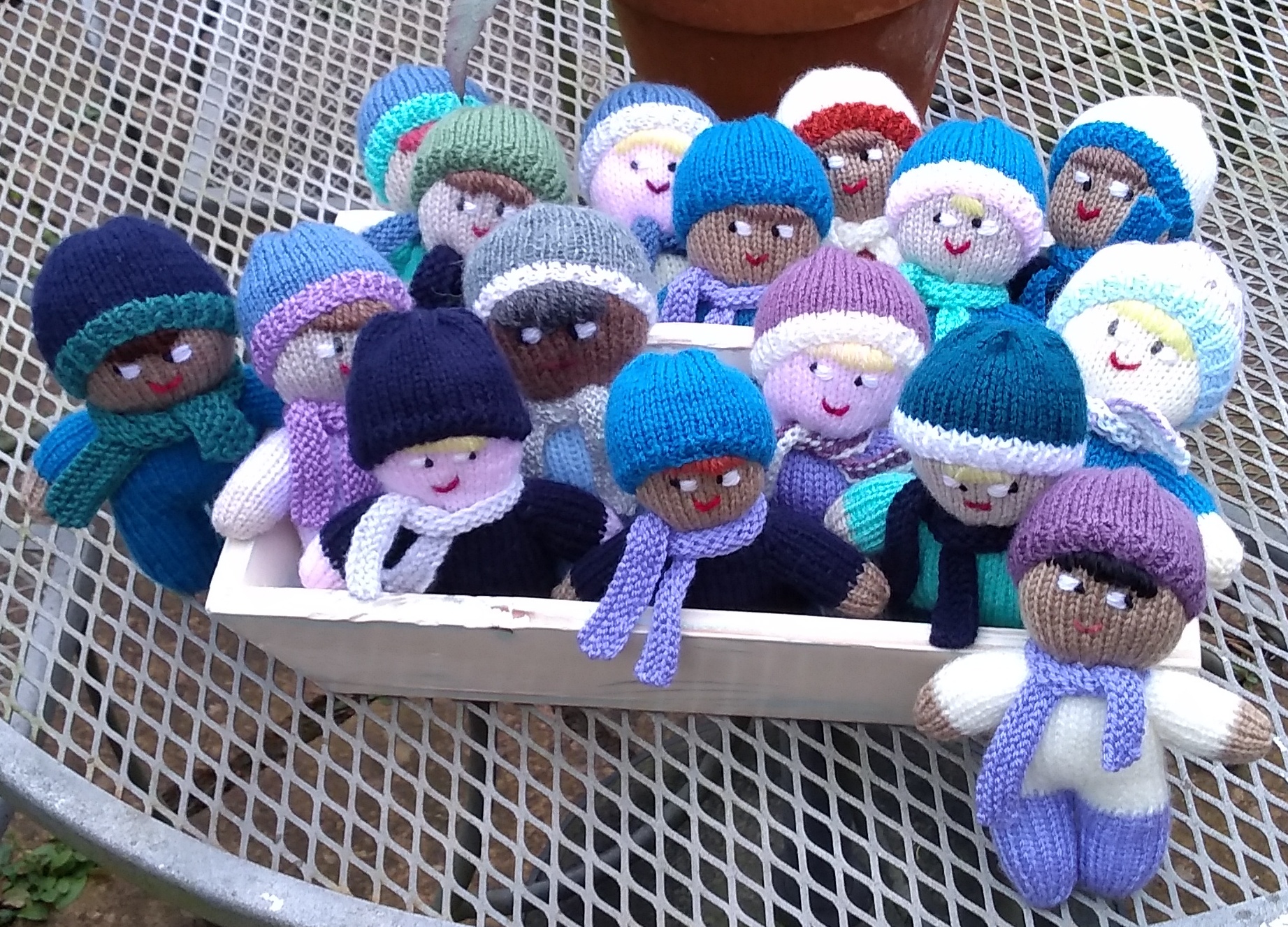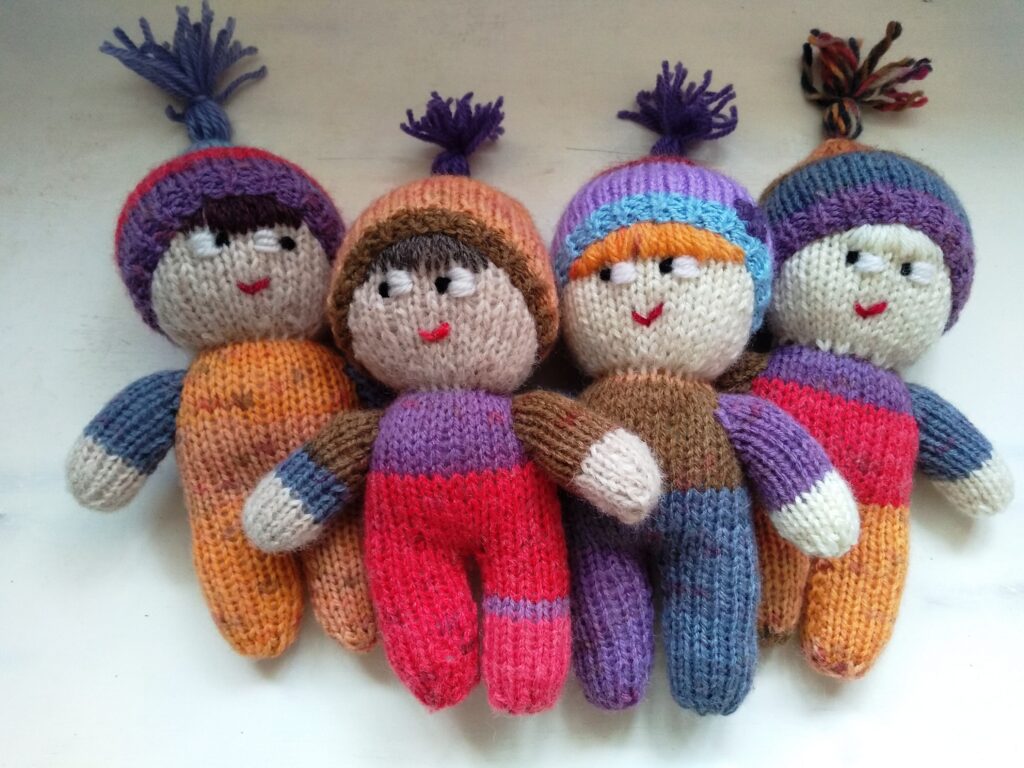Thank you to everyone who joined us for the Nystagmus Network February Parents’ Forum.
Homeschooling
Although it was Half Term for some, homeschooling was mentioned quite a bit. We talked about requesting modified print versions of online work to reduce the amount of screen time children are exposed to during this time.
We loved the suggestion from one parent about using face time for parallel lego play with a friend or story time with grandparents instead of using it for online games.
We also had a quick insight, thanks to one of our members, into full time, permanent home education, as opposed to homeschooling in a pandemic.
ECLOs
Ian, our Information Support Officer made sure that everyone knew what an ECLO (Eye Clinic Liaison Officer) is, how they can help support the whole family and where to find them. Please contact Ian at [email protected] if you need help finding your ECLO.
ADHD and Dyslexia
There was some discussion about ADHD and nystagmus and whether there may be a link. There is no known link, and the likelihood of a child with nystagmus having ADHD is no greater than for any other child. Children with nystagmus are sometimes mistakenly thought to have ADHD because of some of the characteristics typical of nystagmus (inability or unwillingness to maintain eye contact, or a child unable to access their work, for example). If in doubt, a proper test should be commissioned.
Similarly with dyslexia. Children with nystagmus can struggle to read at first because of the phenomenon known as visual crowding (the inability to pick out individual letters or words from a page) and difficulty in scanning from line to line. Both of these are caused by the eye movements. They can be overcome using a card, ruler or Typoscope to keep focus on a single word or line of text at a time.
There was a question about photosensitivity and nystagmus. There is a definite connection in many cases. The advice is to protect the eyes as much as possible from bright lights, glare and reflected light, using curtains, shades and blinds and wearing peaked caps, wide brimmed hats or sunglasses indoors and out – and also especially in the car – as a precaution.
The Nystagmus Care Pathway
Thank you for your helpful contributions to the work we are putting together towards the Nystagmus Care Pathway. These have been passed to Jay Self and the NUKE (Nystagmus UK Eye research group). We hope that the guidelines will be endorsed and published, through the Nystagmus Network website and elsewhere, very soon.
Gmail group
Parents were offered the chance to join a Gmail group for parents of children and young people with nystagmus so they can keep in touch with each other more easily by email between zoom calls. The charity will also contact parents via this group to invite you to future meet ups and keep them posted on nystagmus news and updates.
Facebook
Please do join the Nystagmus Network Facebook group for parents. It’s there for you to help you connect with others.

